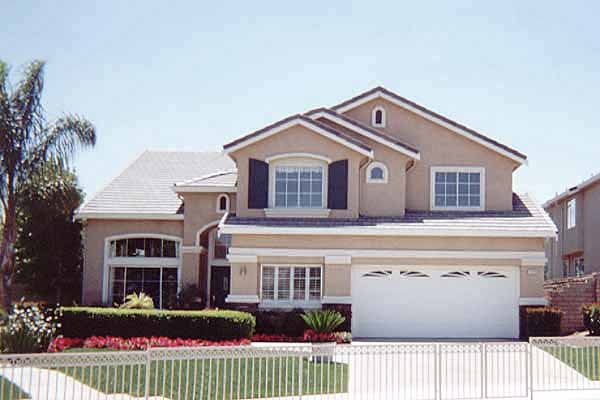FUNCTIONAL OBSOLESCENCE
Understanding Functional Obsolescence in Real Estate
Decoding Functional Obsolescence
Functional obsolescence occurs when a property's design or features become outdated or less desirable, leading to a decrease in its overall value. This can be attributed to various factors, including changes in lifestyle trends, advancements in technology, or shifts in market preferences.
Types of Functional Obsolescence
Curable Obsolescence:
This type of obsolescence refers to issues that can be rectified or upgraded to align with current market standards. For example, in a region with a hot climate, the lack of air conditioning in a property may lead to functional obsolescence. However, this can be remedied by installing air conditioning systems to enhance the property's appeal and value.
Incurable Obsolescence:
In contrast, incurable obsolescence pertains to issues that are not cost-effective to rectify based on the expected benefits. For instance, a warehouse with exceptionally low ceilings may face incurable functional obsolescence, as the costs of raising the ceiling height may outweigh the potential increase in property value.
Impact on Real Estate
Functional obsolescence can have several implications within the real estate market:
Value Reduction:
Properties affected by functional obsolescence may experience a decrease in value, as potential buyers or tenants may perceive the outdated features as less desirable or inconvenient.
Extended Marketing Period:
Properties with significant functional obsolescence may take longer to sell or lease, as they may not align with contemporary preferences, leading to a prolonged marketing period.
Renovation Considerations:
Sellers, buyers, and investors need to carefully consider the costs and benefits of addressing functional obsolescence through renovations or upgrades, weighing the potential return on investment against the expenses involved.
Renovation Considerations:
Sellers, buyers, and investors need to carefully consider the costs and benefits of addressing functional obsolescence through renovations or upgrades, weighing the potential return on investment against the expenses involved.
Addressing Functional Obsolescence
In navigating functional obsolescence, stakeholders in the real estate industry should consider the following approaches:
Market Analysis:
Conducting thorough market analysis to understand current trends and preferences can help in identifying potential sources of functional obsolescence within a property.
Cost-Benefit Analysis:
Evaluating the costs of addressing functional obsolescence against the expected benefits is crucial in determining the most practical course of action, whether it involves curable improvements or acknowledging and adjusting for incurable obsolescence in pricing strategies.
Consulting Experts:
Engaging real estate appraisers, architects, or property consultants can provide valuable insights into the most effective strategies for mitigating functional obsolescence and maximizing property value.
Conclusion
In conclusion, functional obsolescence is a significant consideration in real estate valuation and property assessment. Understanding its impact and the distinction between curable and incurable obsolescence is essential for both sellers and buyers. By carefully evaluating market dynamics and renovation options, stakeholders can make informed decisions to address functional obsolescence and optimize the value of real estate assets.
Navigating functional obsolescence requires a strategic approach that balances market demands, renovation costs, and long-term property value. As the real estate landscape continues to evolve, awareness of functional obsolescence and its management will remain integral to successful property transactions and investment decisions.
MORE REAL ESTATE TERMS
A, B, C, D, E, F, G, H, I, J, K, L, M, N, O, P, Q, R, S, T, U, V, W, X, Y, Z
Featured New Home

Featured Mortgage Brokers
- M/I Financial, LLC, mortgage broker in Columbus, OH
3 Easton Oval Ste 340
Columbus, OH 43219 - 203K.TV, LAGUNA HILLS, CA
22501 CAMINITO COSTA
LAGUNA HILLS, CA 92653 - REVERSE MORTGAGE SOLUTIONS INC, BETHESDA, MD
6701 DEMOCRACY BLVD STE 300
BETHESDA, MD 20817 - Intercap Lending, mortgage broker in Albuquerque, NM
5600 Wyoming Blvd NE Ste 20
Albuquerque, NM 87109 - AMERICAN BANK, ROCKVILLE, MD
9201 CORPORATE BLVD STE 130
ROCKVILLE, MD 20850